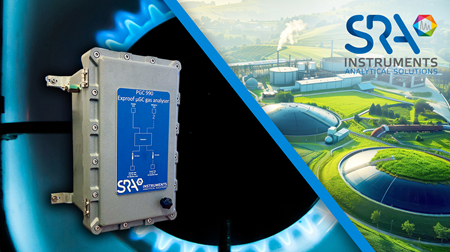Hydrogen is now one of the key energy carriers for the energy transition, with ambitious targets set at the Italian and European levels. The REPowerEU plan aims to produce approximately 10 million tons of green hydrogen in the EU by 2030, with an installed electrolyzer capacity of approximately 40 GW, and to import the same amount. In Italy, the National Hydrogen Strategy envisions the installation of approximately 5 GW of electrolysis facilities by 2030, integrating with the objectives outlined in the National Plan for Energy and Environmental Protection (PNIEC) and the National Recovery and Resilience Plan (NRRP).
The production of high-purity hydrogen is essential for applications such as automotive fuel cells, advanced industrial processes, and semiconductor production. Specifically, for applications in PEM (Proton Exchange Membrane) fuel cells used in vehicles, hydrogen must meet stringent quality standards established by ISO 14687:2019, which mandate maximum levels of impurities such as CO below 0.2 ppm, H₂S and other sulfur compounds below 4 ppb, as even small amounts can cause irreversible damage to the cell catalysts.
At the same time, the injection of hydrogen into the national natural gas grid, with blends of up to 20%, represents a significant decarbonization opportunity. This blending is already in an advanced stage of testing in Italy by leading industry players, following the successful example of similar European projects (e.g., HyDeploy in the United Kingdom and HyNetherlands in the Netherlands).
 Trace Gas Analyzer of VICI
Trace Gas Analyzer of VICIAt SRA Instruments, we have committed ourselves with determination and dedicated resources to be ready to meet these analytical challenges immediately, developing innovative and highly specialized solutions.
The VICI Trace Gas Analyzer (TGA), a process gas chromatograph equipped with a Pulsed Discharge Helium Ionization Detector (PDHID), guarantees exceptional sensitivity, detecting impurities down to 50 ppb. This sensitivity makes it particularly suitable for critical applications such as continuous monitoring of impurities in hydrogen destined for fuel cells or semiconductors, ensuring compliance with the stringent ISO 14687:2019 specifications.
 Micro PGC 990 NG+H2 of SRA Instruments
Micro PGC 990 NG+H2 of SRA InstrumentsThe µPGC NG+H2 is an innovative micro gas chromatograph, ATEX Zone 1 certified, designed to monitor the quality of natural gas and its blends with hydrogen up to 20% in real time. Metrological certification of these blends according to MID and OIML R 140 regulations is essential for the precise fiscal calculation of the calorific value of natural gas supplemented with hydrogen.
In this context of strong development and investment in hydrogen production and utilization technologies, new analytical challenges are emerging that must be addressed with advanced, dedicated instruments to efficiently and reliably monitor this transition to a hydrogen-based future.
Using exclusively helium as a carrier gas, the instrument offers rapid response (less than 90 seconds) and easy integration into existing control systems thanks to data transmission via Modbus and advanced web-based interfaces. Currently undergoing certification according to MID and OIML R 140 metrological standards, it represents a strategic solution not only for current needs, but especially in anticipation of the growing diffusion of natural gas-hydrogen blends in national networks.
The analytical solutions offered by SRA Instruments are therefore at the heart of the technological and regulatory challenges associated with the growing diffusion of hydrogen, making a concrete contribution to operational safety, regulatory compliance, and the efficiency of energy transition processes.
By Andrea Canciani, SRA Application Specialist